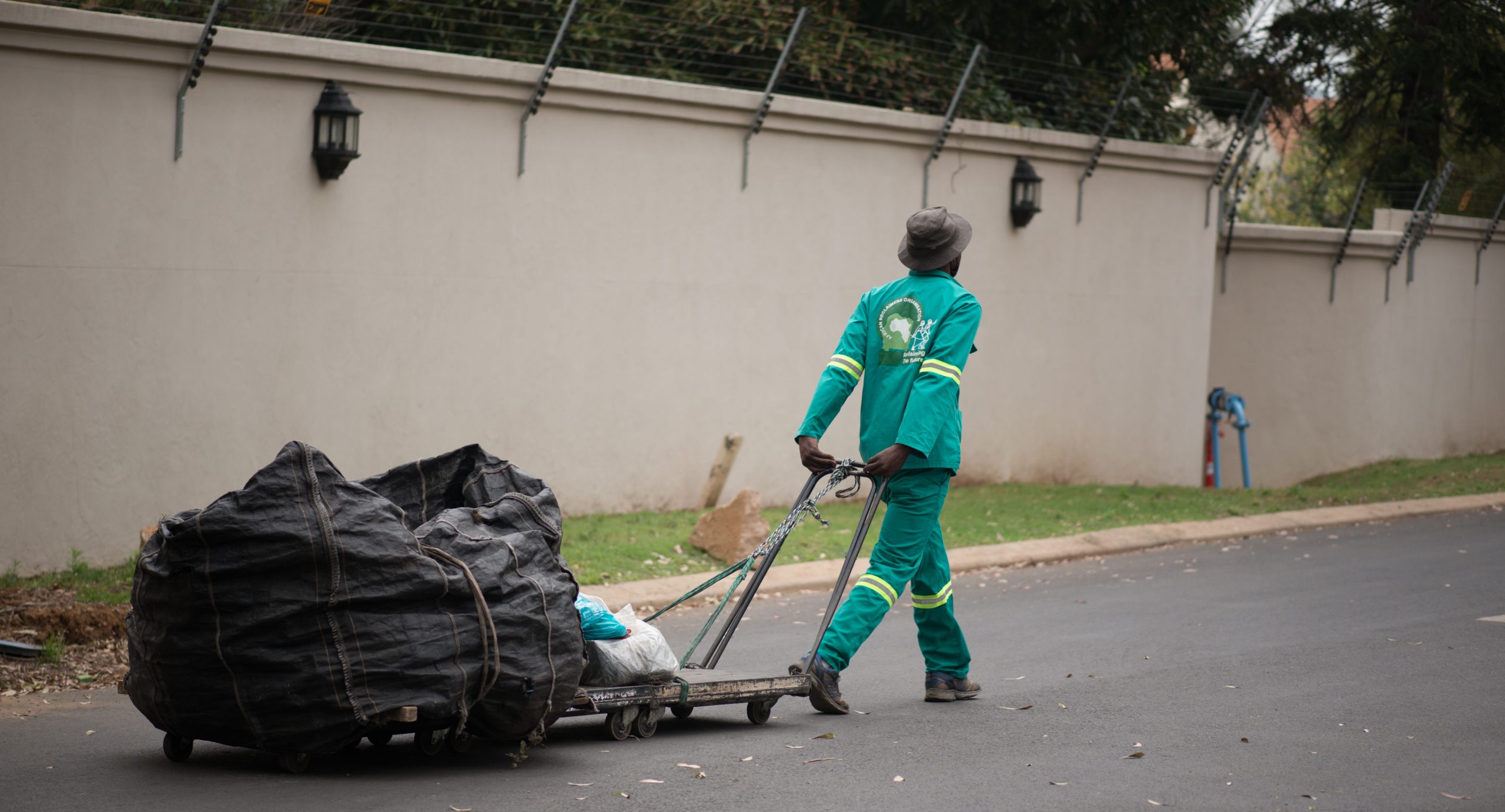Becoming a sustainable citizen involves regularly recycling all waste, but getting to know the world of recycling can be an intimidating journey.
To commemorate Global Recycling Days, even residents who are not absolutely sure they are recycling correctly, a little effort goes a long way, especially to assist recycling heroes, also known as waste pickers, waste collectors or wastetrepreneurs.

South Africa produces and consumes less plastic than most of the world, making the country ripe for a more circular economy.
Recycling does not only entail trying memorising cryptic symbols hidden at the back of a product, but also to remember to reduce, reuse and recycle.
How to reduce
Consumers have the power to make a difference simply by choosing more sustainable packaging brands.
These products will often emphasise a host of sustainability and biodegradability plans, which is usually an indication that manufacturers and whole companies are aiming towards reducing their own plastic footprint.
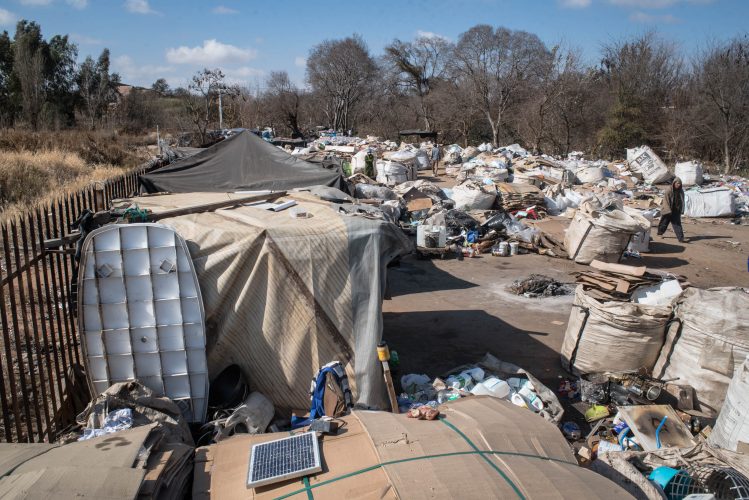
A view of the informal settlement along the Hennops river in Centurion. Picture: Jacques Nelles
Examples include purchasing a refill pouch instead of a new plastic bottle.
During a clean future campaign launched by Unilever last year, Cambridge Institute for Sustainability Leadership South Africa director Dr Andrew Venter said that cost influences most consumer decisions and support, but warned that consumers do not yet buy products “based on the planet”.
“But we won’t thrive unless the environment thrives,” he said.
ALSO READ: Go sustainable with cleaning products and vote with your wallet
This means that consumers have the power to change the amount of pollution we dump on our planet, simply by taking the time to familiarise themselves with how sustainable the packaging is.
Steer clear of packaging market “other”, and try to choose glass, aluminium, paper, cardboard and certain plastics.
This is because these materials are regularly recycled in South Africa, and products that are recycled using these materials have the ability to be turned into new products.
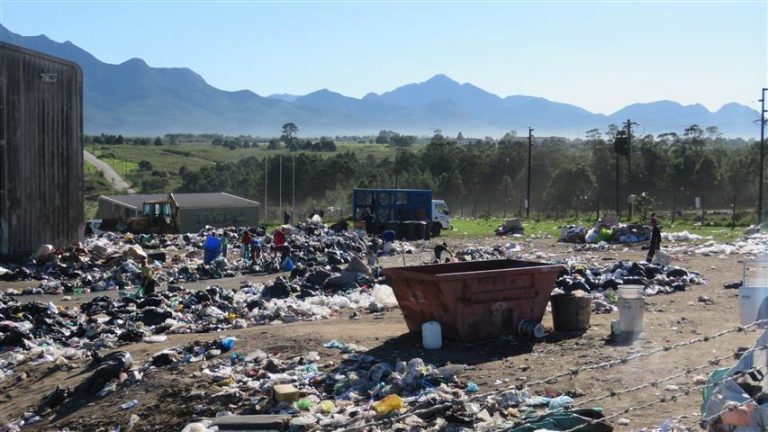
A mayor allegedly colluded with a municipal manager and senior personnel within the community services department of the municipality and appointed other associated companies to do work under the ‘War on Waste’ project in 2017. Picture: George Herald
It is important to note that biodegradable and compostable products are not yet recyclable in South Africa.
How to reuse
Single use packaging, which is thinner and lighter than their reusable counterparts, is manufactured to assist in costs for consumers, and to save on transport costs.
Less materials are required for single-use packaging, and does not need to be returned to the point of purchase.
Unfortunately, consuming single-use packaging is suffocating our environment, with it not being managed as well as recyclable materials when it enters the waste stream, explains polythylene terephthalate company PETCO.
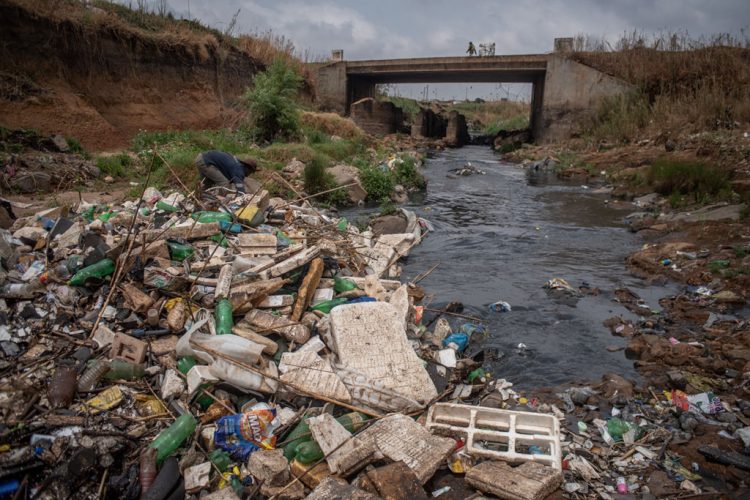
A waste collector looks for recyclables in a heap of trash along the polluted Hennops River in Olifantsfontein. During heavy rains enormous amounts of pollution gets swept down stream often resulting in floods. Picture: Jacques Nelles
Instead of ending up on the trolley of a waste picker, it is tossed into the environment, and lies for extended periods of time on landfill sites.
There are other materials that cannot be recycled, but that do use recycled content to be produced.
The reuse cycle is not solved by making products biodegradable, as these plastics often fragment over time, making them difficult to collect. There is also a higher risk of this type of pollution ending up in the ocean.
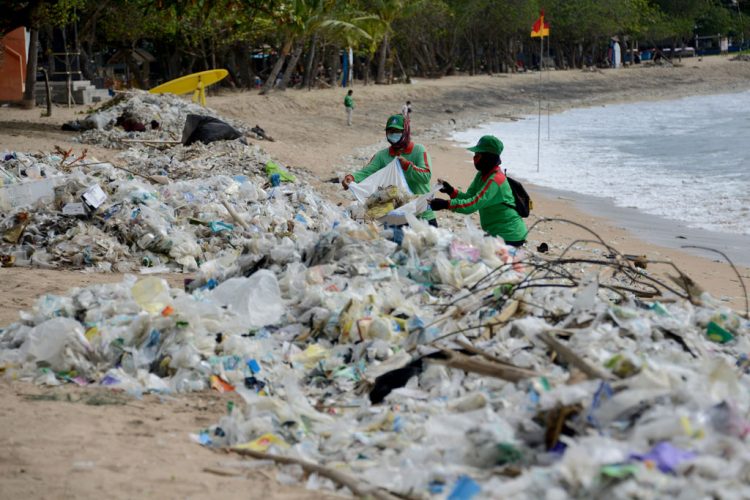
Workers collect plastic waste as they clean up Kuta beach near Denpasar on Indonesia’s tourist island of Bali. Picture: AFP
Technological advances are the only concrete solutions to allow biodegradable plastic to be recycled, but until this happens, this type of packaging is not a fail-safe.
Make sure to separate your waste as best you can. This includes plastic, tin, paper and cardboard products, but excludes till slips.
How to recycle
1 – PET
Many plastics used for food and beverages are made using polythylene terephthalate (PET). PET is often reused for bedding and fashion. This can be recognised using the symbol with a 1 on it.
2 – HDPE
High-density polyethylene (HDPE) plastic is often used for cleaning products, cosmetics, toiletries, crates and plastic buckets. It can be identified using the symbol with a 3.
4 – LDPE
Low-density polyethylene (LDPE) is used for items such as grocery bags, plastic packets, plastic sheeting and squeeze bottles. It can be identified with the number 4.
5 – PP
Polypropylene is used to make ice cream tubs, straws, microwaveable dishes, garden furniture. It is recyclable, and used to make everything from clothing pegs to car battery plastic. It can be identified with the number 5 printed on it.
6 – PS
Polystyrene is recyclable in South Africa, and comes in soft and high-impact versions. It can be identified with a number 6.
What is not yet recyclable
3 – PVC
Polyvinyl chloride (PVC) is not accepted at most waste disposal sites, due to it being phased out, to be replaced by PET.
PVC is used in various sectors, from construction to healthcare and automobile, as well as piping and cable insulation.
PVC can be identified with the symbol 3 printed on it.
7 – Other
The dreaded number 7 symbol is the easiest red flag that the product you are using cannot be recycled. These items must be discarded in a regular dustbin along with household waste such as food scraps.
Teaching kids to recycle
A new initiative is encouraging children to have their waste recycled instead of decaying on an overflowing landfill site.
The project, started by Danone southern Africa, has provided 230 desks to seven schools so far in exchange for the collection of yoghurt tubs.
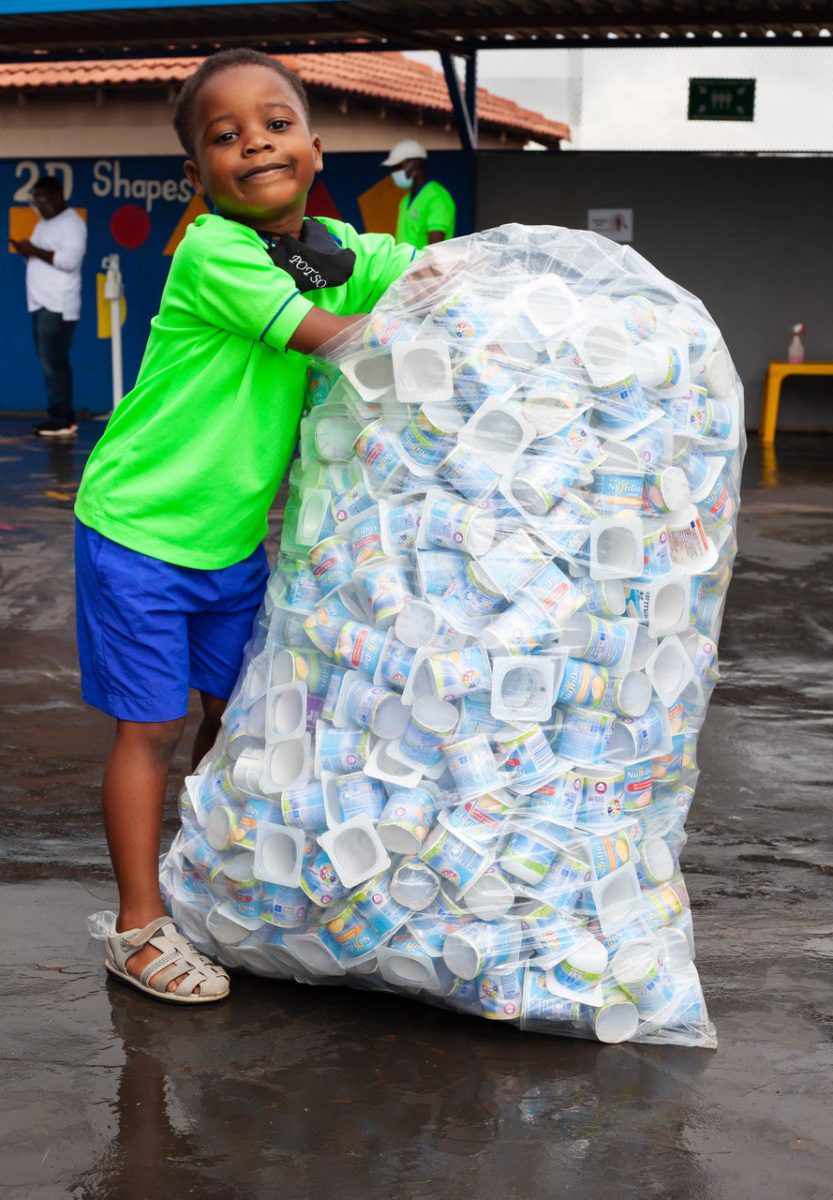
A child with tubs of yoghurt destined to be recycled. Picture: Supplied
The goal is to redirect 19 tonnes of plastic waste from landfill sites, to be reused to create items such as desks and jungle gyms.
To add extra incentive, a competition has since been launched. The school that collects the most yoghurt tubs will receive a jungle gym made from recycled plastic.
Danone corporate affairs manager Leanne Keizer said two schools already collected more than 4 000 tubs in the first month.
This translates to 18kg of plastic which would have ended up in landfill.

Children enjoying desks made from recycled materials. Photo: Supplied
The idea is that children are inspired at grassroots level to become “sustainability advocates”, and to get into the habit of separating waste and not littering.
“Children will know that waste has the potential to become something beneficial. That it can be transformed, repurposed and upcycled to go back into the community and support the community. That it has value,” said Keizer.
For more news your way, download The Citizen’s app for iOS and Android.

